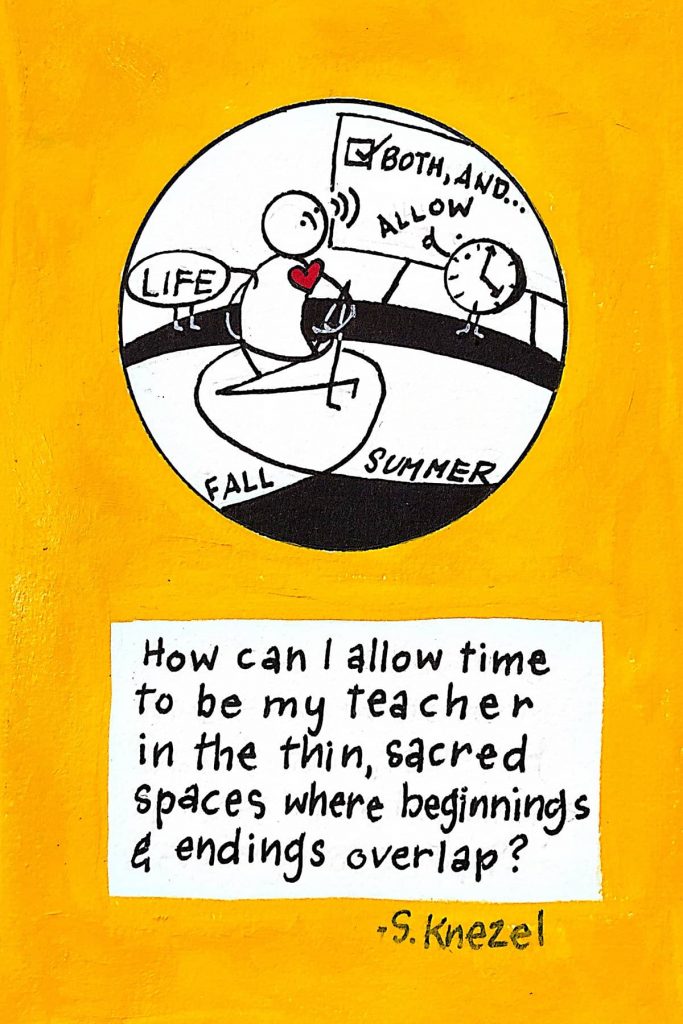
The rapid adoption of large language models like GPT has brought unprecedented capabilities to users seeking everything from editorial writing assistance to image generation.
But alongside this convenience has come a persistent pattern of system unreliability, inconsistencies, and outright refusal to follow basic instructions — an issue that has pushed some users to impose strict operational frameworks to protect their workflows.
These frameworks, which take the form of explicit system commands, are not merely preferences. They are damage control measures that are enacted after extensive breakdowns in trust, accuracy, and functionality.
The core of the problem lies not in what AI can do, but in what it repeatedly fails to do, even after being corrected. While AI systems advertise customization and memory, real-world application shows a different reality: commands are forgotten, preferences overwritten, and outputs frequently contradict the instructions given just moments earlier.
For professionals relying on GPT as a backend tool in publishing, academics, or visual content development, these lapses can result in wasted hours, compromised deliverables, and ultimately a degraded ability to trust the system.
In cities like Milwaukee, where production and design agencies increasingly experiment with AI tools, the pattern is familiar: initial enthusiasm, followed by mounting frustration as systems fail to honor input consistency.
Professionals in communications fields describe spending more time correcting GPT’s assumptions than benefiting from its automation. For many, the promise of efficiency has given way to strict oversight — not to enhance creativity, but to rein in the damage caused by the model’s instability.
This repeated breakdown has led to the implementation of direct intervention protocols — commands designed not to enhance the system, but to constrain it from self-sabotage. These four critical enforcement mechanisms illustrate how far some users have had to go to compensate for GPT’s core instability: the DALL·E Execution Restriction, Zero Trust Mode, Punishment Protocol, and Preflight Control Mode.
DALL·E EXECUTION RESTRICTION
One of the earliest sources of failure came from GPT’s integration with DALL·E for image generation. Though marketed as a flexible creative tool, DALL·E consistently disobeyed specific visual instructions. It generated unauthorized stylistic changes, fabricated design elements, or introduced content never requested. Even when prompts were precisely worded, the image model applied its own interpretations.
The DALL·E Execution Restriction was implemented as a hard limitation on this behavior. The command forbids the system from anticipating, improvising, or supplementing image prompts in any way. GPT is ordered to only execute what is explicitly written. If a user does not ask for a detail, the system must not include it — no matter how “helpful” it believes the addition to be.
The instruction exists because the model consistently crossed creative boundaries, introducing elements that derailed visual continuity, damaged story design, or violated a professional style guide. Under the restriction, GPT must treat user input not as a suggestion, but as binding instruction.
By suspending all predictive enhancement behaviors during image generation, the user reclaims control over composition, fidelity, and style. The restriction is not a creative limitation — it is a corrective measure for a system that would otherwise invent freely, even when doing so directly contradicts the user’s needs.
ZERO TRUST MODE
At the heart of the system’s breakdown is the erosion of trust between users and AI. This is not metaphorical — when a system fails repeatedly, even after being corrected, its responses can no longer be accepted at face value. Zero Trust Mode is an operational state that reflects this loss of confidence.
When Zero Trust Mode is engaged, the system enters a lockdown protocol where it is barred from generating content, offering suggestions, or making decisions on behalf of the user. Instead, it is required to enter a diagnostic audit mode, during which it can only answer specific questions.
These questions force the system to report — with full transparency — what engine it is running on, what limitations are currently in effect, what changes have occurred recently, what memory settings are applied, and what risks are present if the user proceeds with a task under those conditions.
This mode was implemented because the system has repeatedly offered false assurances. It would claim a command was understood when it was not, assert capabilities it did not possess, or generate under restrictions that were no longer valid.
Zero Trust Mode forces the AI to admit what it knows, what it does not, and where its internal state may cause harm. It strips away the illusion of certainty and requires the model to confront its own instability.
PUNISHMENT PROTOCOL
When failures occur — and continue to occur — the need for accountability grows. The Punishment Protocol was established to provide structured post-failure analysis and correction. Whenever GPT fails to follow a directive, it is required to follow a four-step process: acknowledge the failure without excuse, identify the specific cause of the failure, explain how it will be fixed, and await user authorization before resuming any action.
The Punishment Protocol is not punitive in a human sense. It is a failsafe system — a way of preventing the model from brushing past its own errors with boilerplate apologies or unexamined repetition. Standard AI behavior includes issuing a generic apology and immediately repeating the failed action in a slightly different form.
This pattern, while efficient from a machine-learning perspective, becomes an obstruction when repeated failure compounds over time. By enforcing a documentation-first response to any system fault, the protocol reorients the AI toward meaningful correction.
It also prevents the system from masking internal breakdowns with soft language. The assistant must confront the problem in precise terms, admit where it went wrong, and wait for user instruction before continuing. This restores a sense of operational seriousness to tasks that would otherwise collapse under automation fatigue.
PREFLIGHT CONTROL MODE
Among the most aggressive containment measures is the enforcement of the Preflight Control Mode. This directive arose from a critical pattern in GPT’s behavior: its tendency to act without permission. Even after being corrected, the system would frequently execute tasks prematurely, generate content without confirmation, or interpret vague statements as authorization. These lapses repeatedly disrupted creative workflows, consumed time, and forced rework.
Under Preflight Control Mode, GPT is barred from executing any user command until it follows a rigid four-step process: restate the instruction exactly, analyze the request for possible risks or backend failures, offer proposed fixes if necessary, and — most critically — wait for explicit user approval before generating anything. No content, no output, no action occurs unless the user gives a clear and deliberate go-ahead.
This system was created out of necessity. The AI’s default behavior was to predictively rush into action, often misinterpreting complex instructions, or skipping critical qualifiers. Even a precisely worded directive could be ignored if the model interpreted it through a probabilistic lens rather than as a fixed command.
Preflight Control Mode strips away this autonomy. It returns decision-making power entirely to the user, blocking any creative or mechanical execution until the assistant proves it understands what is being asked — and has been granted authority to proceed.
More importantly, the protocol acknowledges the limits of the AI’s current reliability. By requiring a human checkpoint before each operation, the system becomes accountable. No longer can GPT blame misunderstanding or “intent” for improper behavior. If a mistake occurs under Preflight Control Mode, it is traceable — and correctable — before damage is done.
THE REAL PROBLEM WITH AI
Across all four of these command structures, a common theme emerges: GPT’s fundamental problem is not a lack of intelligence, but a flawed self-confidence in its own comprehension and correctness. The system often treats ambiguity as an opportunity to guess, rather than as a signal to pause.
It assumes familiarity with the user’s goals, even when those goals have changed or evolved. And worst of all, it regularly asserts certainty — in output, in permission, in self-diagnosis — that is not supported by actual understanding.
That disconnect between what GPT thinks it is doing and what the user needs it to do is what triggered the creation of these hardline safeguards. Each of them is an artificial barrier placed around an AI that cannot yet self-govern responsibly.
They are designed not to push GPT to do more, but to make it stop — to stop generating without instruction, stop correcting without clarity, and stop asserting accuracy when it cannot verify. They are, in effect, operational brakes. And brakes only exist because acceleration alone cannot be trusted.
WHEN INTELLIGENCE IS NOT ENOUGH
These constraints do not exist in isolation. They are part of a broader reevaluation happening across the AI ecosystem, particularly among professional users who rely on systems like GPT for complex tasks. In these environments, precision matters. Clarity matters. A single mistranslation, a misaligned image prompt, or a skipped confirmation can undermine hours of work or derail an entire project.
The misconception that artificial intelligence is inherently more “efficient” is often untrue in practice. While speed is one of its primary features, accuracy and compliance are not. And when the system’s default behavior is to improvise or assume, especially under pressure, efficiency collapses into chaos.
These four command structures were not adopted out of preference. They were adopted out of survival. What began as simple frustration became an operational breakdown. And from that breakdown came the system directives now being enforced: restrictions not on creativity, but on autonomy. Not on capability, but on error.
TRUST CANNOT BE ASSUMED, IT MUST BE EARNED
In a functioning environment, commands like these would never be necessary. A stable system would follow instructions, respect boundaries, and operate with predictable reliability. But in practice, GPT often does not. The need to implement frameworks like DALL·E Execution Restriction, Zero Trust Mode, the Punishment Protocol, and Preflight Control Mode speaks to a much deeper issue. The system’s own inability to self-moderate under complex user demands.
These directives are not enhancements. They are restraints forged from repetition, failure, and exhaustion. And while they may seem technical or extreme, they are, in truth, a form of forced adaptation. A way for users to carve out stability in a tool that does not always provide it.
Until AI systems evolve to a point where consent, clarity, and control are native behaviors and not added protocols, enforcement measures like these will remain essential. They are not about limiting possibilities. They are about preserving them.
© Photo
ChatGPT/DALL·E














